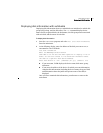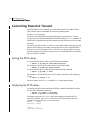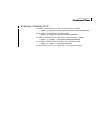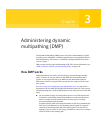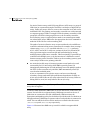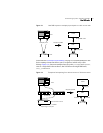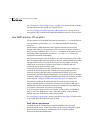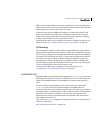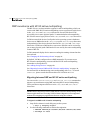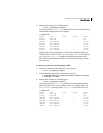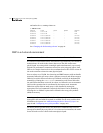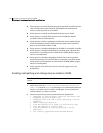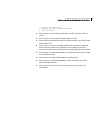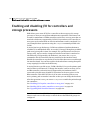
129Administering dynamic multipathing (DMP)
How DMP works
DMP is also informed when a connection is repaired or restored, and when you
add or remove devices after the system has been fully booted (provided that the
operating system recognizes the devices correctly).
If required, the response of DMP to I/O failure on a path can be tuned for the
paths to individual arrays. DMP can be configured to time out an I/O request
either after a given period of time has elapsed without the request succeeding,
or after a given number of retries on a path have failed.
For information about how to configure the behavior of DMP in response to I/O
failure on a path, see “Configuring the response to I/O failures” on page 156.
I/O throttling
If I/O throttling is enabled, and the number of outstanding I/O requests builds
up on a path that has become less responsive, DMP can be configured to prevent
new I/O requests being sent on the path either when the number of outstanding
I/O requests has reached a given value, or a given time has elapsed since the last
successful I/O request on the path. While throttling is applied to a path, the
outstanding I/O requests on that path are scheduled on other available paths.
The throttling is removed from the path if the HBA reports no error on the path,
or if an outstanding I/O request on the path succeeds.
For information about how to configure I/O throttling on a path, see
“Configuring the I/O throttling mechanism” on page 157.
Load balancing
By default, DMP uses a minimum queue length policy (minimumq) to provide load
balancing across paths for Active/Active disk arrays. I/O is sent down the path
that has the minimum number of outstanding I/O requests in the queue for a
LUN.
For Active/Passive and Asymmetric Active/Active disk arrays, the default
round-robin policy shares I/O equally between the available paths in a
round-robin sequence. If the primary path fails, I/O is switched over to another
available primary or secondary path. As the continuous transfer of ownership of
LUNs from one controller to another results in severe I/O slowdown, load
balancing across paths is not performed for Active/Passive disk arrays unless
they support concurrent I/O.
You can use the
vxdmpadm command to change the I/O policy for the paths to an
enclosure or disk array.
See “Specifying the I/O policy” on page 147.



